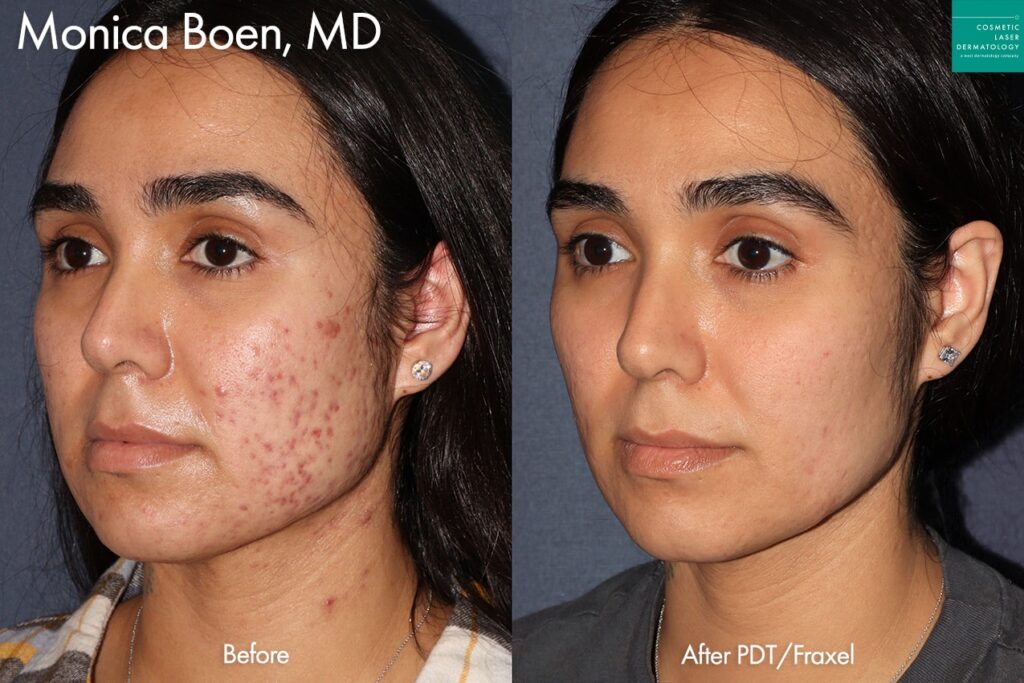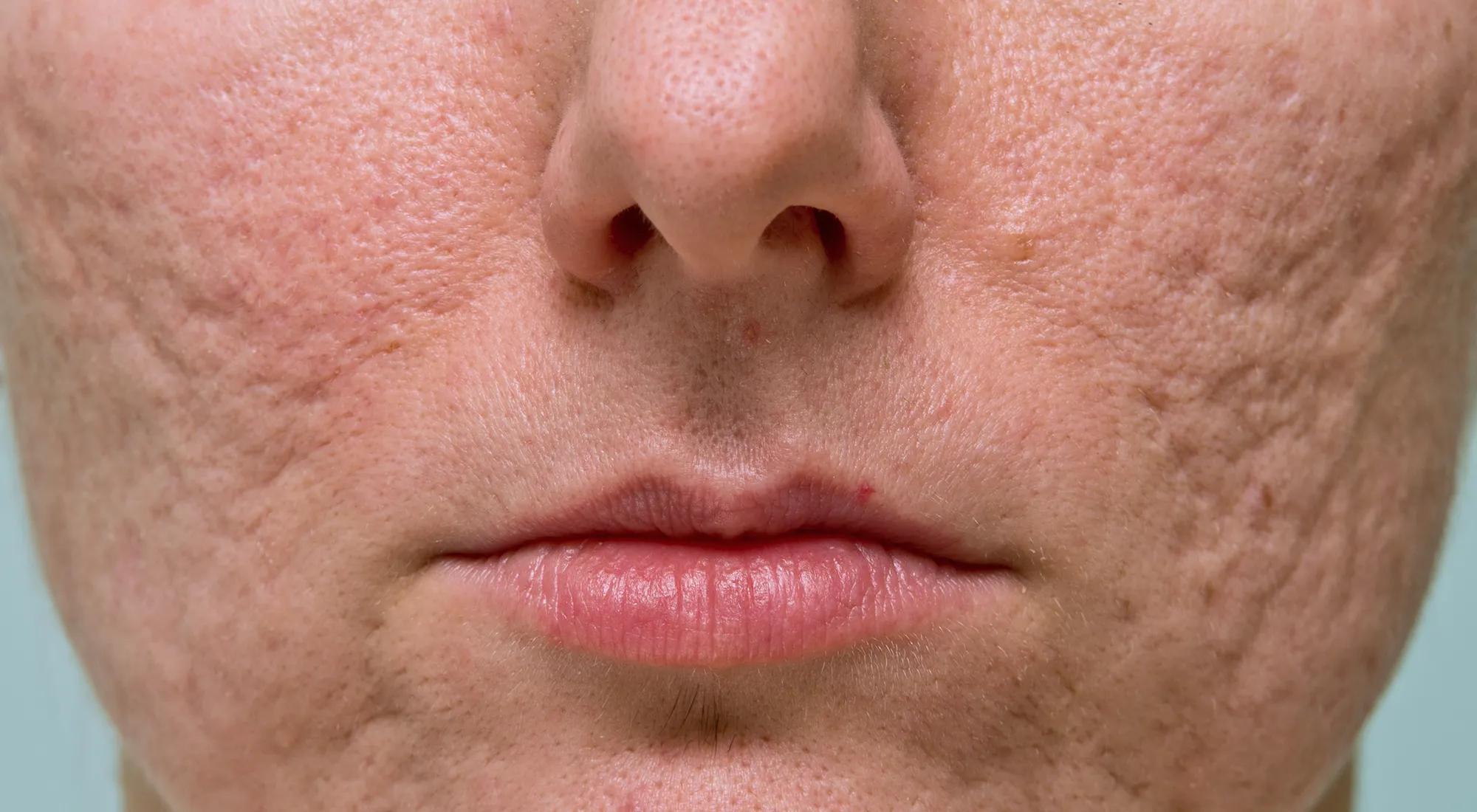How to Deal With Acne Scars: Proven Techniques for a Flawless Skin
How to Deal With Acne Scars: Proven Techniques for a Flawless Skin
Blog Article
Understanding the Various Skin Problems and Reliable Therapy Choices for Acne Marks
Acne marks represent an intricate interaction of skin conditions that considerably effect people' self-worth and general skin wellness. As we explore the landscape of acne mark monitoring, it ends up being noticeable that the journey towards clearer skin might include even more than simply topical services.
Types of Acne Marks

On the other hand, hypertrophic scars arise from an overflow of collagen during the healing procedure, resulting in increased locations on the skin. These marks are usually solid and can vary in shade, occasionally showing up red or darker than the surrounding skin.
Recognizing these sorts of acne scars is important for establishing an effective therapy plan - acne treatment for sensitive skin. Alternatives may consist of chemical peels, laser therapy, microneedling, or dermal fillers, customized to the certain scar type. A complete assessment with a dermatologist can aid figure out the most proper intervention, thinking about the individual's skin type, scar severity, and total skin wellness
Causes of Acne Scarring
Scarring occurs as a result of the body's natural recovery reaction to swelling and injury brought on by acne sores. When acne types, it activates an inflammatory action, bring about the launch of numerous cytokines and development variables that advertise recovery. Nevertheless, this procedure can sometimes lead to excessive cells development or poor repair service, causing marks.
The primary root causes of acne scarring consist of the intensity of the acne itself, duration of the sores, and private skin types. Severe inflammatory acne, such as blemishes and cysts, is most likely to result in scarring due to much deeper cells damage. In addition, inappropriate handling of acne lesions, such as picking or pressing, can aggravate tissue injury and inflammation, enhancing the possibility of scarring.
Hereditary proneness likewise plays a significant function; individuals with a household background of scarring are at a higher danger. Additionally, skin type and shade can influence mark formation, as darker complexion may experience post-inflammatory hyperpigmentation, while lighter skin might establish atrophic marks.
Eventually, understanding these reasons is vital in handling acne and mitigating the capacity for scarring.

Therapy Choices for Scarring
Effective therapy alternatives for acne scarring differ depending upon the type and extent of the marks. Generally classified into atrophic, hypertrophic, and keloid marks, these problems require customized techniques for optimal results.
For atrophic scars, which are identified by a loss of tissue, therapies such as chemical peels, microdermabrasion, and laser therapy are commonly utilized. These methods promote skin renewal and boost collagen production, therefore enhancing skin appearance. Subcision, a minimally invasive procedure, can additionally work by separating fibrous bands under the skin.
Keloid and hypertrophic marks can be more testing to treat. Choices include corticosteroid injections to lower inflammation and flatten the marks. Sometimes, cryotherapy or laser treatment might be recommended to lessen their appearance.
Surgical choices are available for serious scarring, where excision or skin grafting might be required. acne treatment for sensitive skin It's crucial for individuals to speak with a skin specialist to assess their particular scar kind and review the most suitable treatment strategy. Incorporating multiple therapies usually produces the best outcomes, making sure that each patient's distinct skin problem is resolved efficiently.
Natural Remedy and All-natural Solutions
Natural remedies and natural remedy can provide an accessible strategy for individuals looking for to enhance the appearance of acne marks (acne scars treatment). Various components discovered in the home kitchen area have actually shown potential advantages in boosting skin texture and advertising recovery

Another effective alternative is lemon juice, which works as a natural exfoliant and can lighten hyperpigmentation. Nevertheless, it needs to be used very carefully, as it might create photosensitivity. Oatmeal masks are additionally useful; their mild peeling can help eliminate dead skin cells while calming irritability.
Vital oils, such as tea tree oil and lavender oil, can further sustain mark healing due to their antimicrobial properties. It is crucial to carry out a patch examination before using any solution to make certain there are no adverse reactions. These natural solutions can be a corresponding technique in the journey to lessen acne marks.
Stopping Future Scarring
Taking on a proactive approach to skincare can substantially decrease the danger of developing future acne scars. Among the key approaches is to handle acne properly as it occurs. This includes utilizing non-comedogenic skincare items and medicines recommended by dermatologists that target acne without aggravating the skin. Routine cleansing, peeling, and hydration can aid maintain skin health and wellness and avoid blocked pores.
Furthermore, preventing the temptation to squeeze or choose acne lesions is essential, as this can bring about inflammation and subsequent scarring. Rather, people need to concentrate on applying topical treatments that advertise healing and decrease inflammation. Active ingredients such as salicylic acid, benzoyl peroxide, and retinoids are understood for their effectiveness in handling acne and reducing scars.
Sunlight protection is another crucial part; direct exposure to UV rays can impede and darken marks recovery. Therefore, using a broad-spectrum sunscreen daily can alleviate these effects - acne scars.
Finally, maintaining a healthy diet regimen rich in anti-oxidants and remaining moisturized supports skin regeneration. By implementing these safety nets, individuals can dramatically lower their risk of future scarring and promote general skin health and wellness.
Conclusion
Finally, a thorough understanding of acne marks, including both hypertrophic and atrophic types, is vital for efficient treatment methods. Customized treatments, consisting of professional therapies and natural home remedy, can significantly improve skin look and structure. Safety nets additionally play a critical duty in reducing future scarring. Examination with a dermatologist continues to be vital to create individualized techniques that think about individual skin kinds and mark severity, ultimately enhancing the efficacy of mark monitoring methods.
Acne marks stand for a complicated interplay of skin problems that dramatically impact individuals' self-esteem and general skin health and wellness. The 2 key groups of acne marks are hypertrophic and atrophic marks. These scars are additional identified right into 3 subtypes: ice pick scars, which are narrow and deep; boxcar scars, which are bigger and have well-defined edges; and rolling scars, which create a wave-like look due to irregular skin appearance.
A comprehensive assessment with a dermatologist can aid establish the most suitable intervention, taking right into account the individual's skin kind, mark extent, and overall skin health.
Consultation with a skin doctor remains important to devise individualized methods that think about individual skin types and mark extent, ultimately improving the efficacy of scar monitoring methods.
Report this page